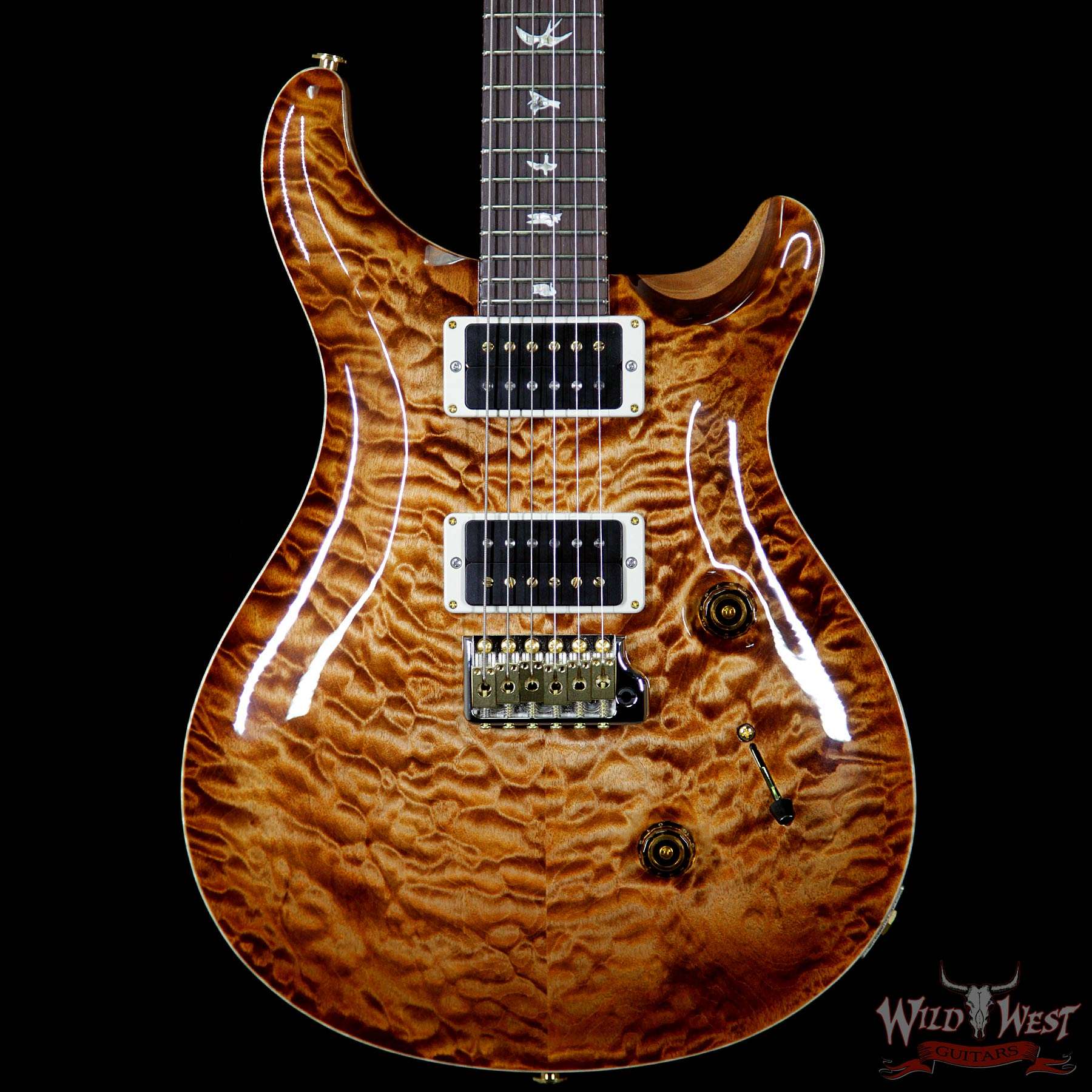Muffled chainsaws, tree DNA and Carlos Santana – this fascinating story about the bust of a timber poaching ring in Washington State has it all. Seeking a particular type of bigleaf maple with a distorted grain that’s highly prized for making musical instruments, a gang of poachers decimated an area of the Gifford Pinchot National Forest that came to be known a “the Slaughterhouse,” selling the stolen wood to a private mill owner who asked no questions about its origins.
High Country News spoke to U.S. Forest Service Officer Ron Malamphy about what made this particular case so dramatic. Malamphy, the sole officer patrolling a jurisdiction covering 575,000 acres, explains how the poachers would monitor his location, even going so far as to disable his vehicle. They evaded motion-sensor cameras and routed their chainsaw exhaust into buckets of water to avoid detection. But finally, a tip led him to an informant – a member of the gang who ran into unrelated legal trouble who set him on a path that led to the perpetrators and then all the way down the production line to PRS Guitars in Maryland, where the wood often ended up.

“In some ways, the story of bigleaf maple poaching starts with Carlos Santana. Yes, that Carlos Santana — the guitar player. Around one in every 20 bigleaf maples contains “figure,” gorgeous three-dimensional patterns etched in its grain. There are two primary variations: Quilted maple looks like ripples on water; flame maple resembles an aerial view of a rugged mountain range. No one is quite certain why figure occurs; the best guess is that it’s genetic, or produced by environmental factors such as moisture and temperature. In the 1980s, woodworkers began to realize that figured maple looked stunning in furniture, veneer and, particularly, musical instruments.”
“The wood’s staunchest champion was Santana, whose custom-made Paul Reed Smith guitars were topped with figured bigleaf. When Santana performed his hit “Smooth” at the 2000 Grammys, he bent wailing quarter-notes on a PRS whose luminous wood came from the Olympic Peninsula. Before long, bigleaf maple — at least those trees boasting precious figure — became one of the most valuable species in the Northwest’s forests. A two-foot-long block could reap $500. Classified ads seeking maple cutters ran in local newspapers. Landowners hired consultants to prospect on their land. Boutique sawmills arose in logging towns.”
What brought down this particular poaching gang was ultimately the Lacey Act, a law first introduced in 1900 to outlaw trading illegally harvested animals across state lines. In 2008, it was tweaked to include illegally harvested wood, allowing federal agents to go after importers of everything from Madagascar ebony to wood poached from the Amazon rainforest. Preventing the sale of these materials doesn’t just protect old-growth forests, sensitive environmental areas, wildlife habitat and other natural treasures; it protects the law-abiding domestic lumber industry. In the end, a new innovation that extracts DNA from lumber allowed Malamphy to match genetic material from wood in a crooked mill owner’s shop with bigleaf maple stumps in Gifford Pinchot National Forest.




































